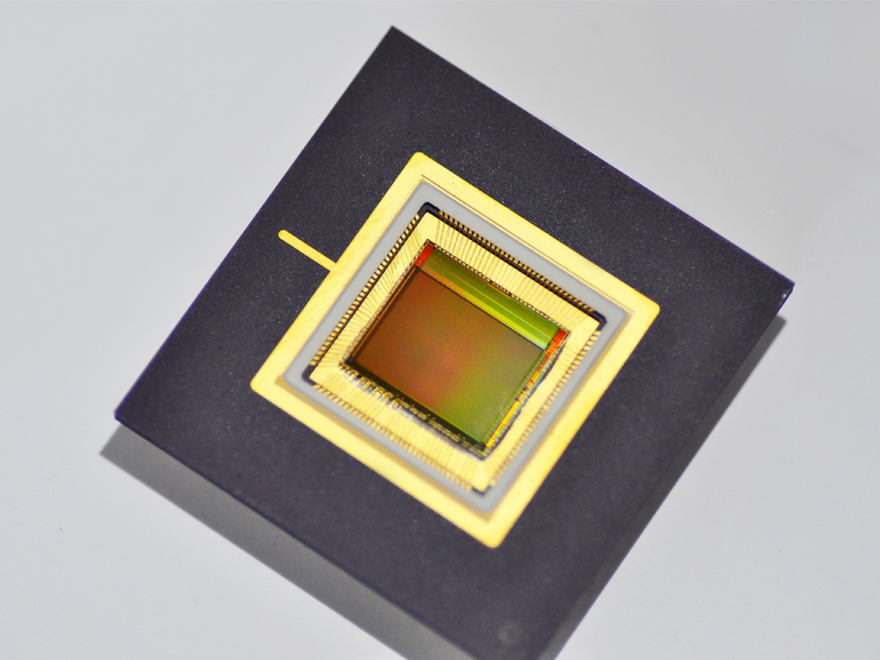Indirect Time-of-Flight Method
Due to increasing automation of industrial processes and daily life, distance determining sensors become more important. Using the time-of-flight process, the radiated light between an emitted light and the reflected light can be determined and from that information the distance to the object can be calculated and 3D images can be generated. Through this technology autonomous vehicles can be realized that increase security in the human-machine interface using gesture recognition and also allow for the navigation of robots. Fast and sensitive sensors are necessary to be able to measure distances in real time. At the same time the measured pulse needs to be distinguishable from the ambient light to be able to depict the object as accurately as possible.
Fraunhofer IMS has been developing fast time-of-flight sensor based on the so-called lateral-drift-field photodetectors for many years. Here, the reflected light is measured by two individually configurable integration windows und the distance to the object is calculated through the integrated signal. The accumulation of the charge carrier in the pixel decreases noise effects and enabled the detection of various light pulses in one image. Both the integration times and the accumulation number are configurable allowing an optimal adaption to the necessary measurement distance and the used light source. In addition the background signal can be suppressed by an additional measurement or another integration window. The possibility to develop lateral high resolution detectors is a particular advantage of this sensor.
For the EU project Utofia up to 320 x 240 pixels have been realized in the development of an underwater camera. Through the inhomogeneous doping profile inside of an active surface a transfer from the charge carrier generated by the incident light to the read out node in the nanosecond range can be realized despite the high resolution.
EU-Project Utofia (https://www.utofia.eu/)
Twitter-Accout Utofia (https://twitter.com/UTOFIA_H2020)
Euro News Post Utofia with video

